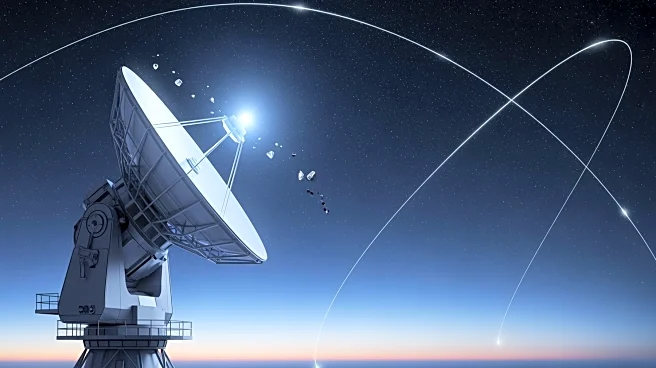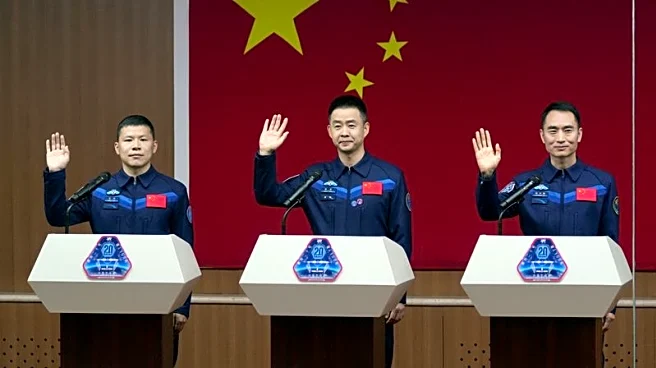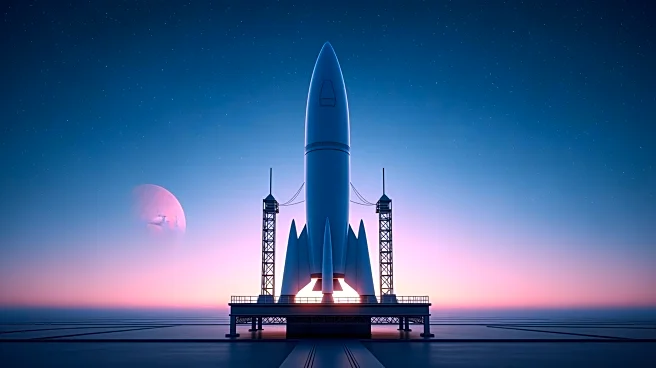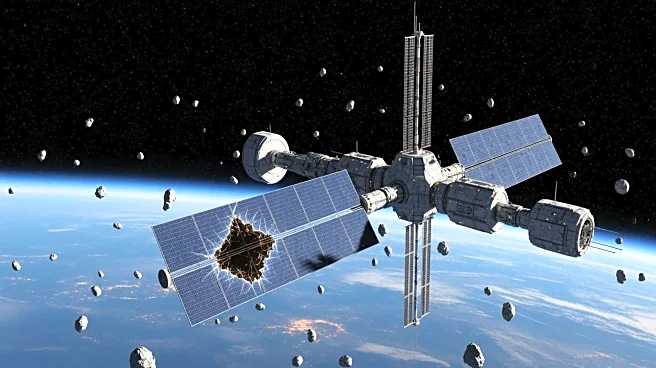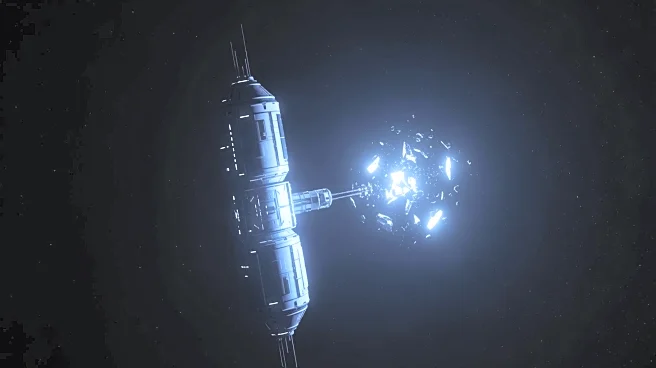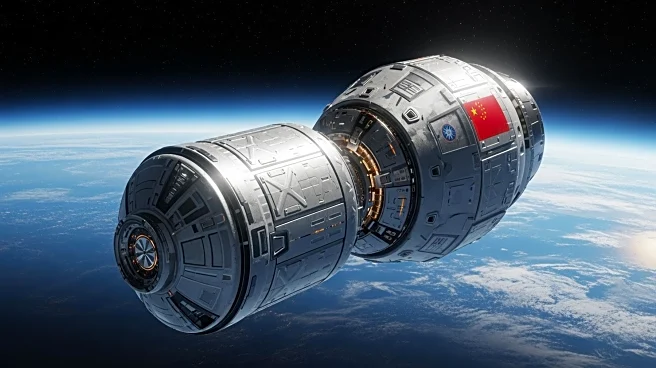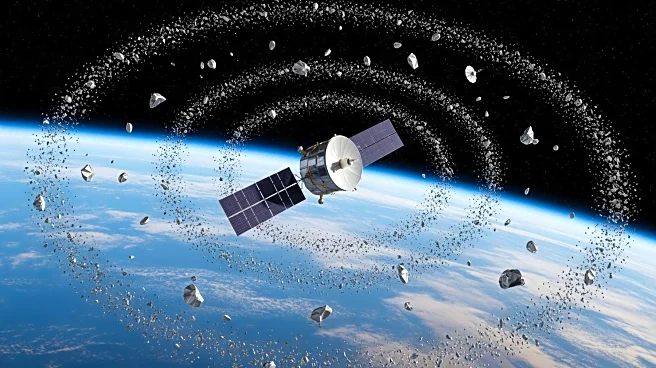What's Happening?
In early November 2025, a routine mission aboard China's Tiangong space station faced unexpected challenges when a suspected piece of space debris struck the Shenzhou-20 spacecraft. The impact resulted
in tiny cracks in the return capsule's window, delaying the return of three Chinese astronauts—Wang Jie, Chen Zhongrui, and Chen Dong—by nine days. The astronauts, who were initially scheduled to return on November 5, safely returned to Earth on November 14 using a different spacecraft, Shenzhou-21. This incident highlights the growing threat of orbital debris, which consists of defunct satellites, spent rocket stages, and fragments from collisions, posing significant risks to space missions.
Why It's Important?
The incident underscores the escalating dangers posed by space debris, a concern that has long troubled space agencies worldwide. As space traffic increases, the risk of collisions with debris becomes more pronounced, potentially leading to catastrophic outcomes. This event serves as a stark reminder of the need for international collaboration to address the space junk crisis. The safe return of the astronauts, despite the debris impact, showcases China's engineering resilience but also highlights vulnerabilities in their space program. The incident may prompt regulatory changes and accelerate initiatives for debris removal missions, emphasizing the importance of sustainable space exploration.
What's Next?
China's space program plans to expand the Tiangong station and pursue manned lunar missions by 2030. However, as orbital traffic intensifies with the addition of satellite constellations, the debris problem is expected to worsen. The incident could spur advancements in spacecraft design, including the development of self-healing composites and enhanced shielding to withstand debris impacts. International experts are urging collaboration to improve tracking and removal technologies, aiming to mitigate the risks associated with space debris. The global space community's response may lead to increased efforts in debris management and the establishment of treaties to ensure safe space exploration.
Beyond the Headlines
The incident highlights ethical and legal dimensions in space exploration, particularly concerning the responsibility of spacefaring nations to manage debris. The potential for the Kessler Syndrome—a cascade of collisions rendering orbits unusable—raises concerns about the long-term sustainability of space activities. Collaborative efforts to address these challenges are crucial to maintaining safe and accessible orbital environments. The event also emphasizes the need for transparency and communication in space missions, as public concern over the astronauts' safety was evident during the incident.
